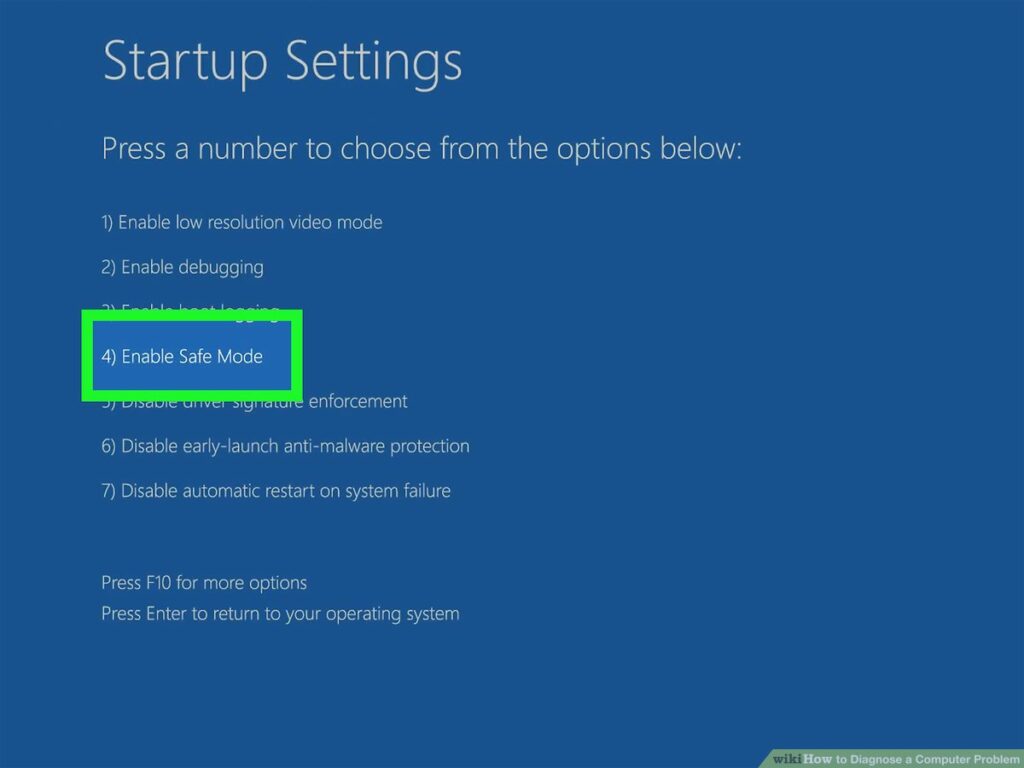Comprehensive Guide on How to Diagnose a Computer Problem: Unraveling the Mysteries of Technical Glitches

Introduction:
In our technologically advanced era, computers have become an integral part of our daily lives. Whether for work, education, entertainment, or communication, the reliance on these electronic marvels is undeniable. However, like any complex machinery, computers are not immune to problems. When faced with unexpected glitches or malfunctions, the ability to diagnose and troubleshoot becomes crucial. This article aims to provide a comprehensive guide on how to diagnose a computer problem, unraveling the mysteries behind technical hiccups.
I. Understanding the Basics:
Before delving into the intricate details of diagnosing computer problems, it’s essential to establish a foundational understanding of the system’s components. Familiarize yourself with the central processing unit (CPU), memory (RAM), storage devices (hard drives, SSDs), motherboard, graphics card, power supply, and peripheral devices. A clear understanding of these elements will facilitate a more systematic approach to problem-solving.
II. Common Symptoms and Their Possible Causes:
A. Slow Performance:
- Insufficient RAM: Inadequate random access memory can significantly impact a computer’s speed. Use task manager tools to identify memory-hogging applications and consider upgrading RAM if needed.
- Full Storage: A full hard drive can lead to slow performance. Regularly clean up and organize your files, and consider upgrading to a larger storage capacity.
B. Random Freezing or Crashing:
- Overheating: Excessive heat can cause components to malfunction. Ensure proper ventilation, clean dust from fans, and monitor temperatures using specialized software.
- Software Conflicts: Incompatible or outdated software can lead to system crashes. Update operating systems and applications regularly to resolve compatibility issues.
C. Blue Screen of Death (BSOD):
- Faulty Hardware: Inconsistent hardware components, such as RAM or graphics card, can trigger the dreaded BSOD. Run hardware diagnostic tests to identify and replace malfunctioning components.
- Driver Issues: Outdated or corrupted drivers may cause system crashes. Regularly update drivers or roll back to a previous version if issues arise after an update.
III. Diagnostic Tools and Utilities:
A. Built-in Windows Diagnostic Tools:
- Windows Memory Diagnostic: Scans and tests the computer’s RAM for errors.
- CHKDSK: Checks and repairs file system errors on the hard drive.
- System File Checker (SFC): Scans and repairs corrupted system files.
B. Third-Party Diagnostic Software:
- MemTest86: A comprehensive memory diagnostic tool for identifying faulty RAM.
- CrystalDiskInfo: Monitors the health and performance of storage devices.
- CPU-Z: Provides detailed information about the CPU, motherboard, and memory.
IV. Advanced Troubleshooting:
A. Safe Mode: Booting into safe mode helps identify whether the issue is related to third-party applications or drivers.
B. Event Viewer: Analyze system logs in the Event Viewer to pinpoint error messages and events leading to the problem.
C. Hardware Testing:
- Power Supply Test: Use a power supply tester to check for voltage irregularities.
- Graphics Card Test: Run stress tests to assess the stability of the graphics card.
V. Seeking Professional Help:
If all else fails or if you are uncomfortable performing advanced troubleshooting, seeking professional help is a viable option. Certified technicians can conduct in-depth diagnostics and repairs, ensuring the longevity and optimal performance of your computer.
Conclusion:
Diagnosing a computer problem is akin to solving a puzzle, requiring patience, knowledge, and a systematic approach. By understanding the basics, recognizing common symptoms, utilizing diagnostic tools, and engaging in advanced troubleshooting when necessary, users can empower themselves to unravel the mysteries of technical glitches. Whether you’re a novice or an experienced user, this comprehensive guide serves as a valuable resource in maintaining the health and functionality of your computer.




